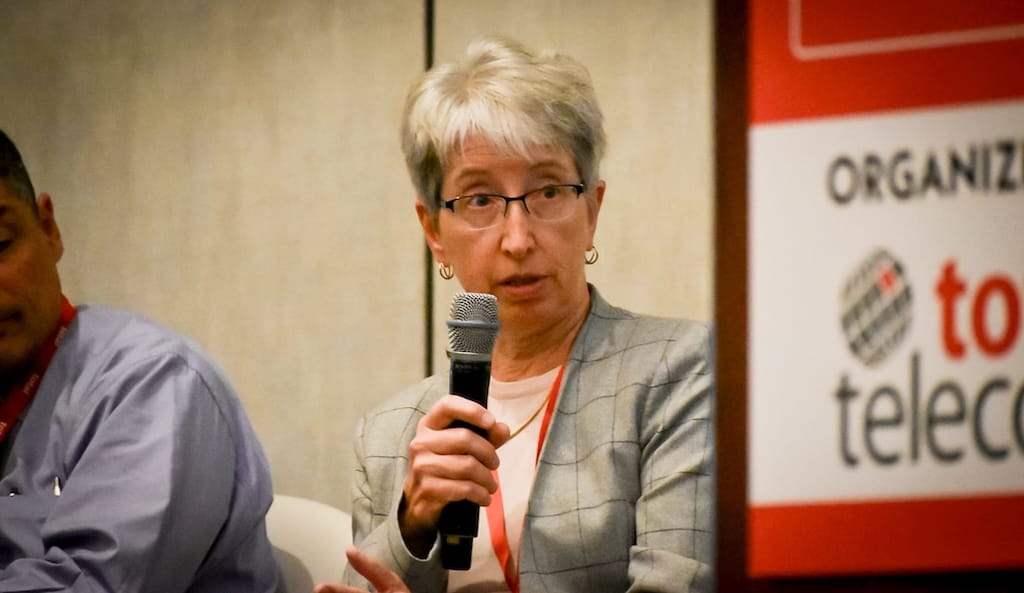Engaging With Communities Crucial in Building Public Broadband Networks
Speakers emphasized the importance of assessing community needs, building partnerships, and educating people about the benefits of broadband internet.
Jericho Casper

HOUSTON, May 6, 2024 – Public broadband experts highlighted the essential role of directly engaging with communities to address their unique needs in network development, emphasizing the importance of all community members benefitting from public broadband initiatives, during the opening panel held Monday for the Broadband Communities conference in Houston, Texas.
Bill Badran, broadband services supervisor for the Holland Board of Public Works in Michigan, emphasized the importance of understanding the community's needs and engaging directly with residents to ensure the network addresses real demands, before beginning network development, sharing insights from Holland’s publicly owned utility, which has been providing fiber broadband for over 30 years.
Badran also touched on the necessity of an inclusive approach that considers all community members, including disadvantaged and less tech-savvy groups, ensuring that the benefits of public networks are widely distributed. He remarked, "No matter what, always focus on tailoring your efforts to fit the community's unique needs and leaders."
Gigi Sohn, executive director of the American Association for Public Broadband, emphasized the necessity of community support, patience, tenacity, and leadership in navigating the complexities of network initiatives.
Reflecting on a financial scare in Cape Cod, Sohn highlighted the importance of preparing for financial aspects of network building and utilizing various funding sources, including state and federal grants, to manage financial risks effectively.
Chris Walker, senior executive director of infrastructure strategy at the Northwest Open Access Network, or NoaNet, recounted his organization's transition from outsourcing to collaboration among public networks. Initially, NoaNet outsourced all network operations.
“When we first started, our strategy was to outsource all aspects of network operations,” Walker said. “We lived in that world for quite some time and it worked really well for us because we were in the startup phase. Those times the operating expenses of having a large staff were quite incredible.”
However, about six to seven years after inception, a significant shift occurred, he said. Publicly-owned networks run by Public Utility Districts in Washington state saw the value in collaboration and opted to pool resources, sharing skilled engineers and operational strategies. This collective effort led to reduced costs, contributing to sustainable network growth.
This included sharing a team of engineers skilled in fiber networks, and others who specialized in obtaining permits for railroad crossings and similar tasks. This strategic pooling of resources allowed them to optimize operations across the board.
Kerem Durdag, CEO of Great Works Internet, shared insights on the endurance required for sustained network development and the critical role of strategic partnerships. GWI, which works with communities in Maine, New Hampshire, and Vermont, prioritizes aligning with local interests to foster long-term success. Durdag noted, "Managing community expectations is essential to the enduring health of network projects."
Laura Lewis, principal at LRB Public Finance Advisors, highlighted the financial strategies for funding public broadband networks. She pointed out the potential for local governments to utilize tax-exempt bonds as part of its infrastructure financing.
"What you pledge as security is not what you need to use to pay the bonds," she said.











Member discussion